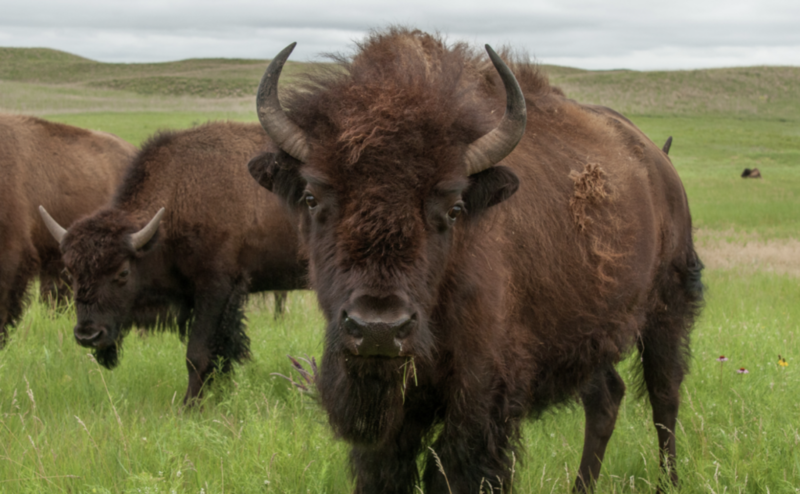‘So many things not right’ with proposed social studies standards

I am an enrolled member of the Rosebud Sioux Tribe and a retired educator with 30 years experience as a teacher and administrator, most of which was spent guiding gifted and talented students. I have served on numerous education boards locally, regionally and nationally. I have been through many state curriculum standards reviews, including this year, when I was a part of the committee to review the art standards.
I am more than aware of the processes set to make such reviews equitable for all people of South Dakota.
There are so many things not right with the proposed social studies standards as presented to the people of South Dakota, which includes Indigenous people. The processes for equity set by the State of South Dakota, specifically the South Dakota Department of Education, were not followed in this case. On the federal law side, the Elementary and Secondary Education Act states that the tribes be consulted on curriculum changes that address the tribes in South Dakota. This did not take place.
As an example of the impact of this, we see that under the proposed standards, high school students are expected to name one – yes, just one – tribe in the state. But third grade students are required to memorize – yes, memorize – the preamble to the U.S. Constitution.
Treaties, sovereignty and tribal constitutions are not addressed, and Indigenous people are missing in large spans of time. When they are mentioned, it is as warlike people, with negative connotations. Also re-occurring is our decimation by smallpox. None of the federal laws on Indigenous rights are addressed, though there are vague references made to the
Oceti Sakowin Essential Understandings and Standards.
Geography is very hard to find within the standards. When it does appear at the lower grade levels, it is almost exclusively used for identification on maps. The six elements of geography are not introduced until high school.
The frequently asked questions on the proposed social studies standards say they were developed by 15 individuals. Those individuals were supposed to be vetted before placement on the committee, but the 15 were hand-picked by the governor. The standards were not developed by these 15 South Dakotans, but were instead handed to them ready to go, as developed by Hillsdale College in Michigan. This assumes that our educators are not qualified nor educated enough or worthy enough to set age-appropriate standards for our children.
The governor has set aside $800,000 from her history and civics initiative, but it is far from adequate to fund these changes. The topics of history and civics are meant to be free of political agendas, yet the proposed standards include religious instruction and indoctrination, which is in conflict with the separation of church and state. As a teacher, I would feel very uneasy teaching religion and politics, especially in the lower level.
So far, two tribes have written resolutions in opposition to the standards and submitted them. These resolutions address many of these issues. Both were passed unanimously and signed in October. They resolve that until the standards of the original 44-member workgroup are reinstated and a more accurate accounting of the Native American experience in South Dakota is included, they will be opposed.
These standards claim to set a higher bar at the highest level for students, but in truth, they are divisive and an embarrassment for South Dakota.








